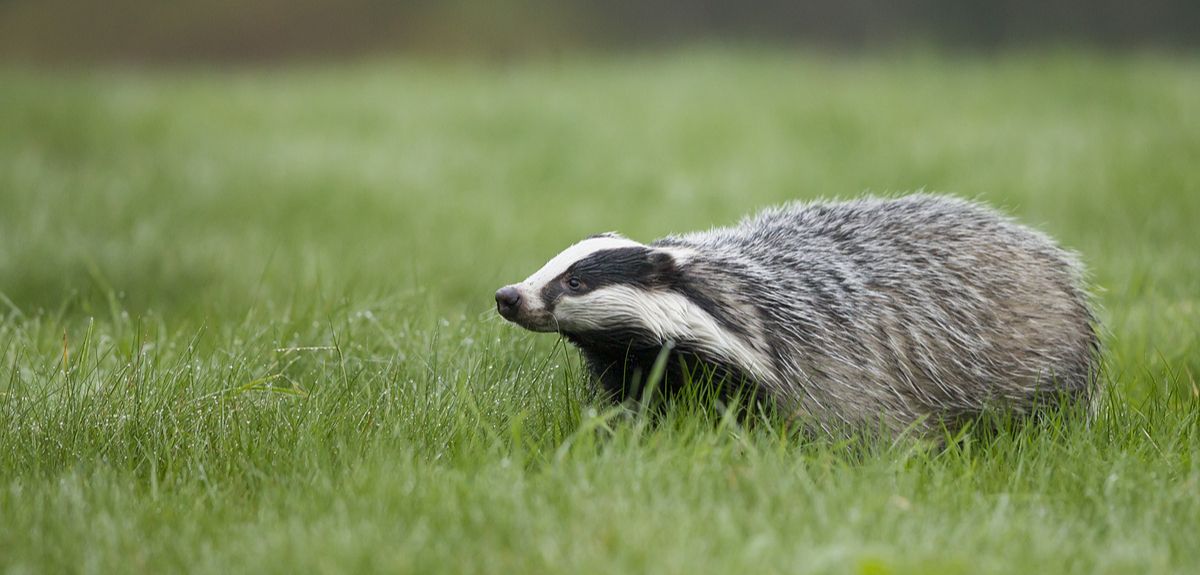
Image credit: Shutterstock
Some animals are more equal than others - to the media
Animal welfare issues receive varying levels of UK media attention, with some species being more widely reported than others, a new University of Oxford study has found.
Researchers from Oxford’s Wildlife Conservation Research Unit (WildCRU) and World Animal Protection have published the first review of how wild animal welfare is reported in the UK media.
The findings, based on media reports from 2014, were published in the scientific journal “Bioscience” and show that wild animal welfare issues such as culling, shooting and hunting receive the most media attention, and are reported most often by media outlets. By contrast, others such as the effects of marine debris, commercial fishing, and pollution receive significantly less coverage, despite arguably equal or worse negative impacts on species animal welfare.
The research suggests that an animal welfare issue is more likely to attract media coverage if it involves either deliberate intention to harm an animal, or breaking a law. The media are also less likely to report on animal welfare issues occurring in the marine environment.
Researchers searched through more than 23,000 mainstream media articles published between January and December 2014, reporting for the first time on the type and frequency of animal welfare stories.
The study identified 61 different harmful human activities that pose a potential threat to wild animal welfare. They then categorised 3,347 media articles by each activity, according to whether or not they involved land or marine species, an illegal activity, or any intention to cause harm.
Dr. Ruth Feber, lead author and Research Fellow at Oxford University’s WildCRU said: “Our study highlights the diverse range of harmful human activities, both legal and illegal, that threaten wild animal welfare both on land and at sea. Some activities are carried out with a clear intention to harm the target animal, such as culling, gassing and poisoning. Other issues, like habitat loss and light pollution, may cause harm unintentionally. However, our results suggest that media coverage does not necessarily reflect the severity or importance of the different issues.
Dr. Sandra Baker, the co-author of the paper and Research Fellow at the Humane Society, Oxford University, added:“It is not obvious what drives these editorial preferences. It is possible, for example, that reporters prefer to highlight illegal issues because they believe the public will be more concerned about issues that are already judged by society to be wrong. However, it is not difficult to see that, despite the clear and present danger that they pose, certain wild animal welfare issues are being underreported in the media.”
The team also found that some species featured much more prominently within an issue than others. For example, of the 715 media articles published during 2014 that concerned the culling of wildlife, more than 82% were related to badgers. In contrast, less than 1% of these 715 culling focused media articles were related to foxes, moles or rabbits.
Celebrity engagement with a specific animal welfare issue was also more likely to attract media attention. For example, Princess Anne’s suggestion in 2014 that gassing was the most humane way to control badgers created a surge of media interest. Almost three-quarters of the articles relating to badger gassing either included or mentioned her comment.
Professor David Macdonald, Director of WildCRU and a co-author of the paper said: “What is written in the papers, and reported in the media, really matters! It matters because it informs peoples’ opinions, and opinions underlie their decisions on how society should be. It turns out that with regard to the welfare of British wildlife, press coverage misses a lot of important issues, and thus sadly misses opportunities to inform public opinion and lead societal change. It is concerning that important stories may not be picked up despite their importance or the level of suffering they reflect. We hope this study will highlight and encourage media coverage of wild animal welfare issues that have previously been overlooked”
 New Year Honours 2026
New Year Honours 2026
 New study estimates NHS England spends 3% of its primary and secondary care budget on the health impacts of temperature
New study estimates NHS England spends 3% of its primary and secondary care budget on the health impacts of temperature
 International collaboration launches largest-ever therapeutics trial for patients hospitalised with dengue
International collaboration launches largest-ever therapeutics trial for patients hospitalised with dengue
 Oxford-built multi-agent assistant for cancer care to be piloted in collaboration with Microsoft
Oxford-built multi-agent assistant for cancer care to be piloted in collaboration with Microsoft